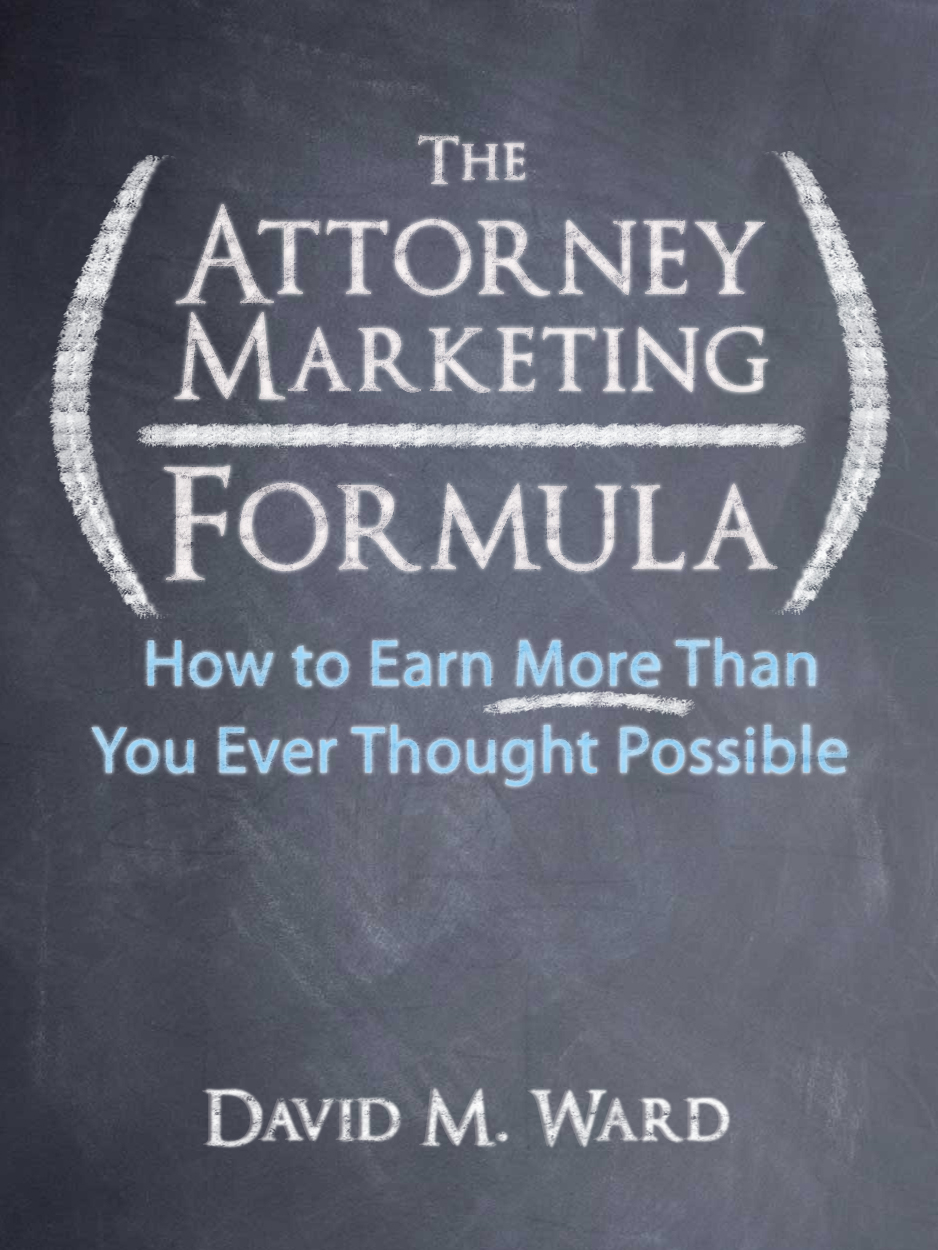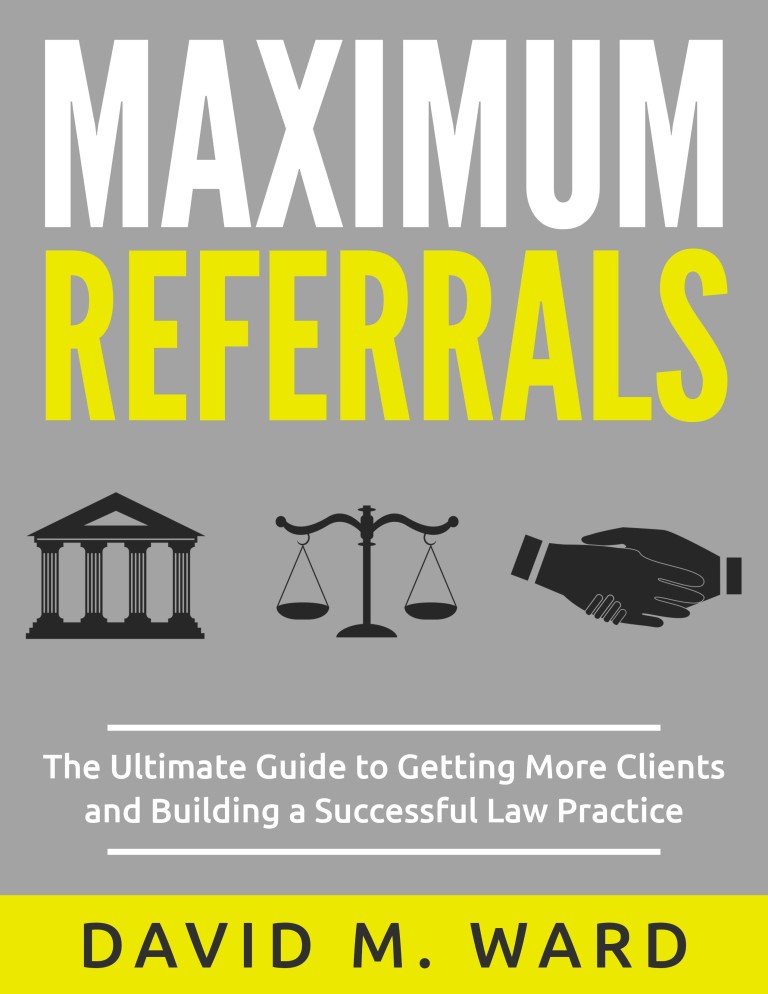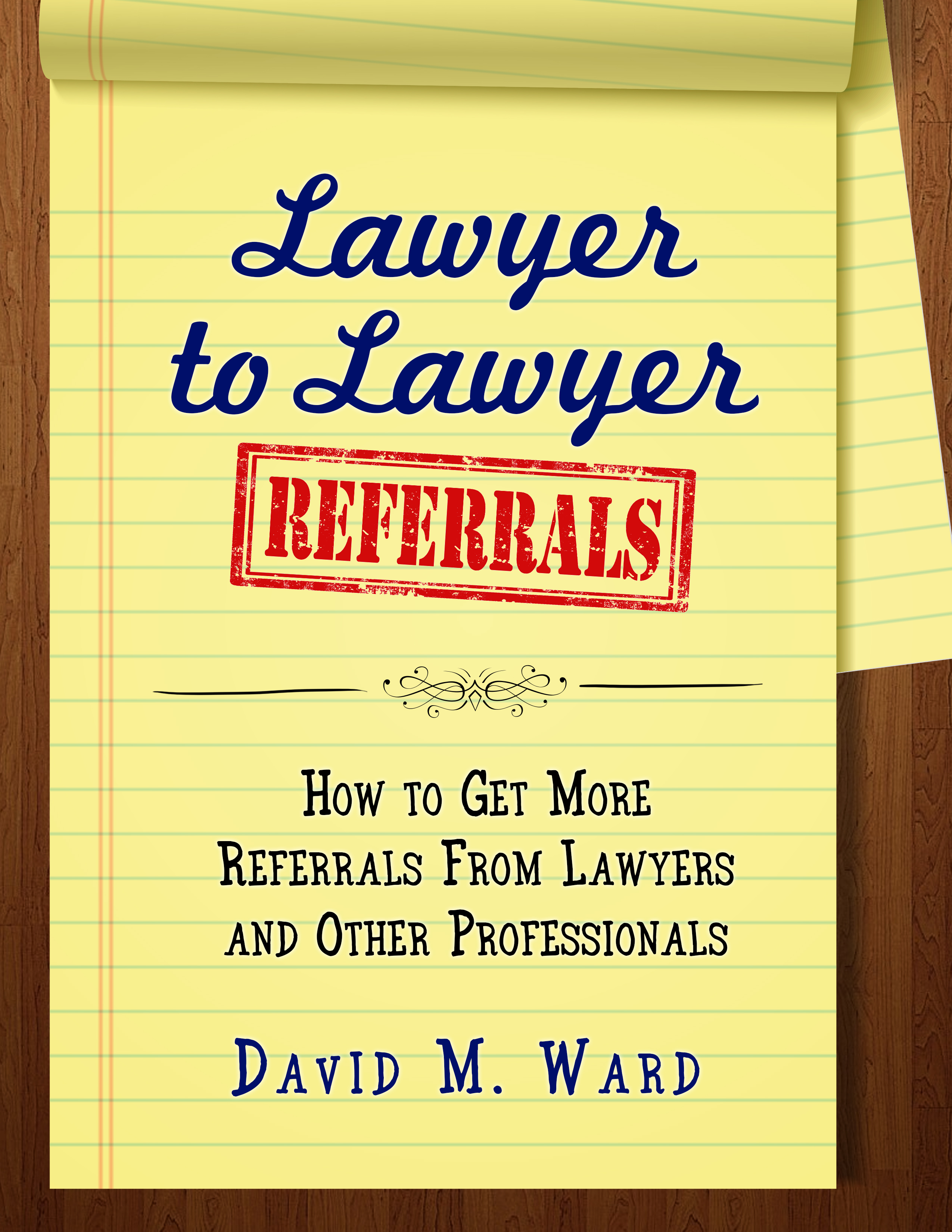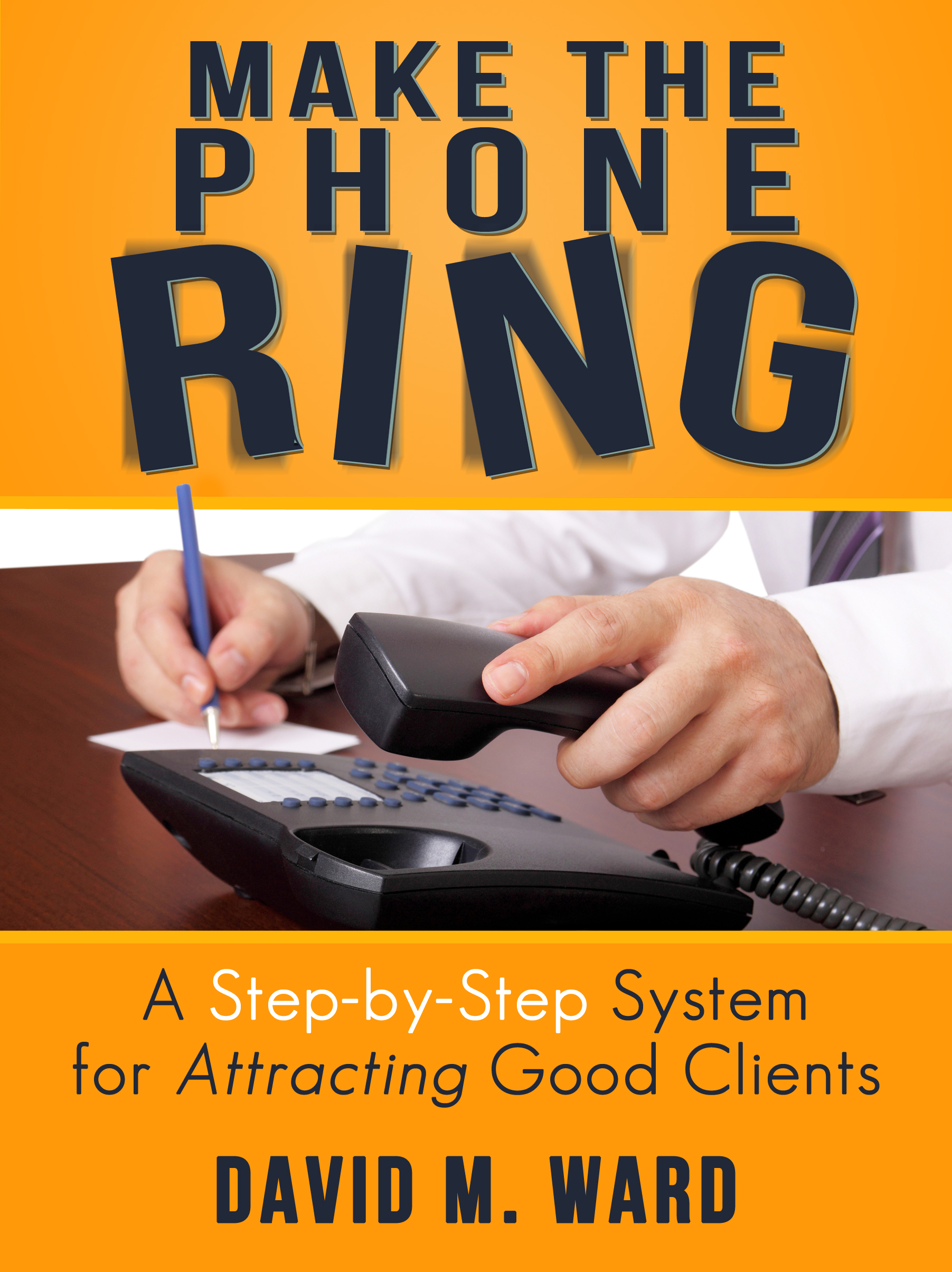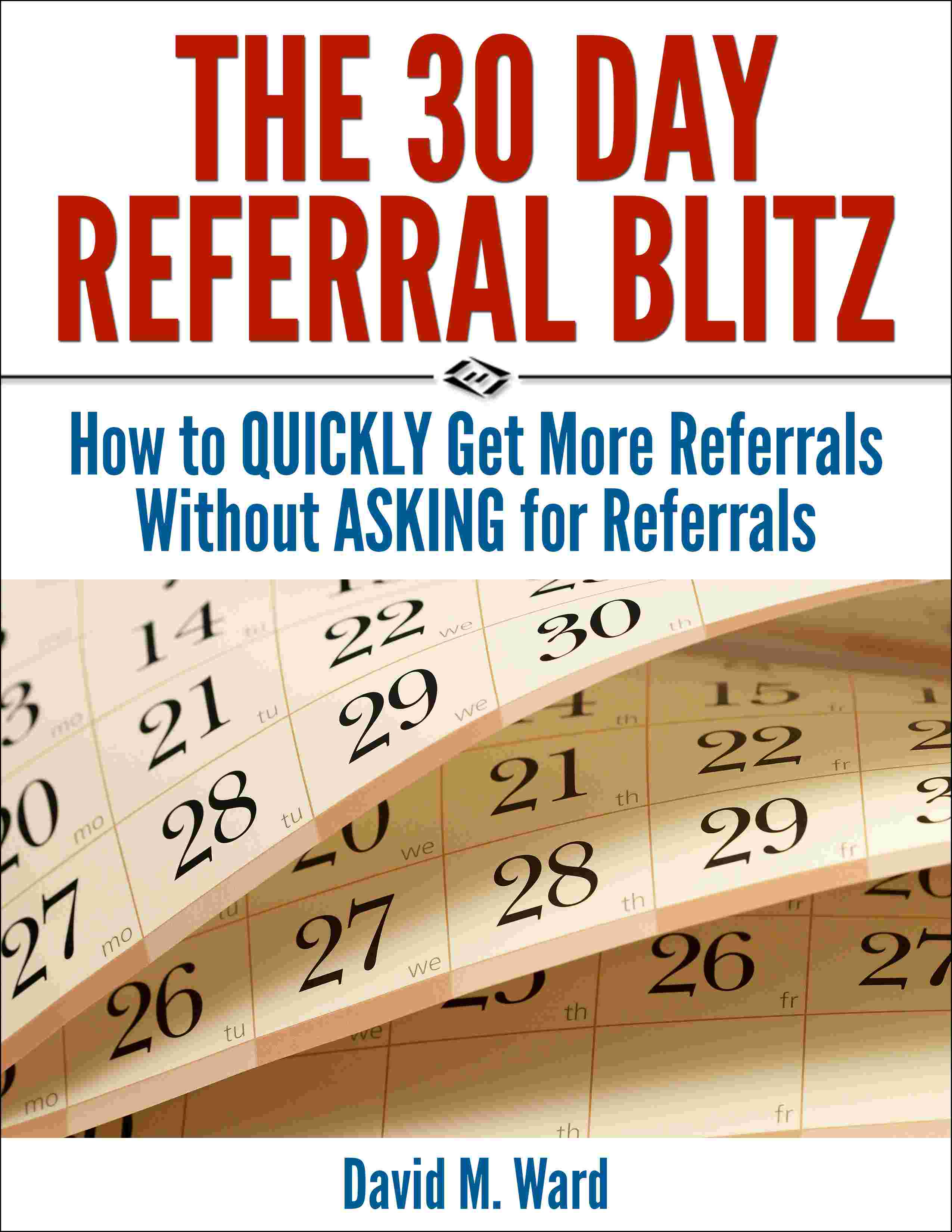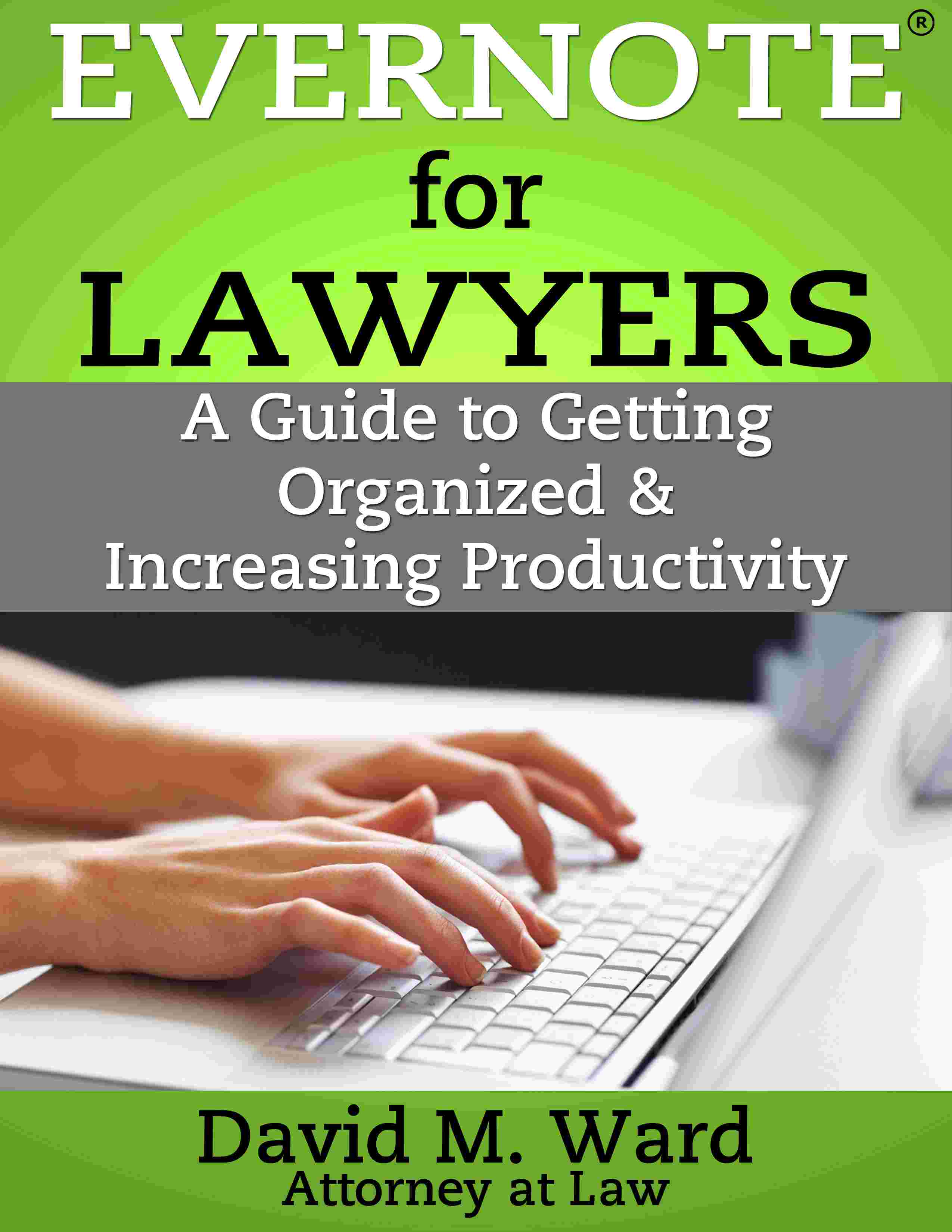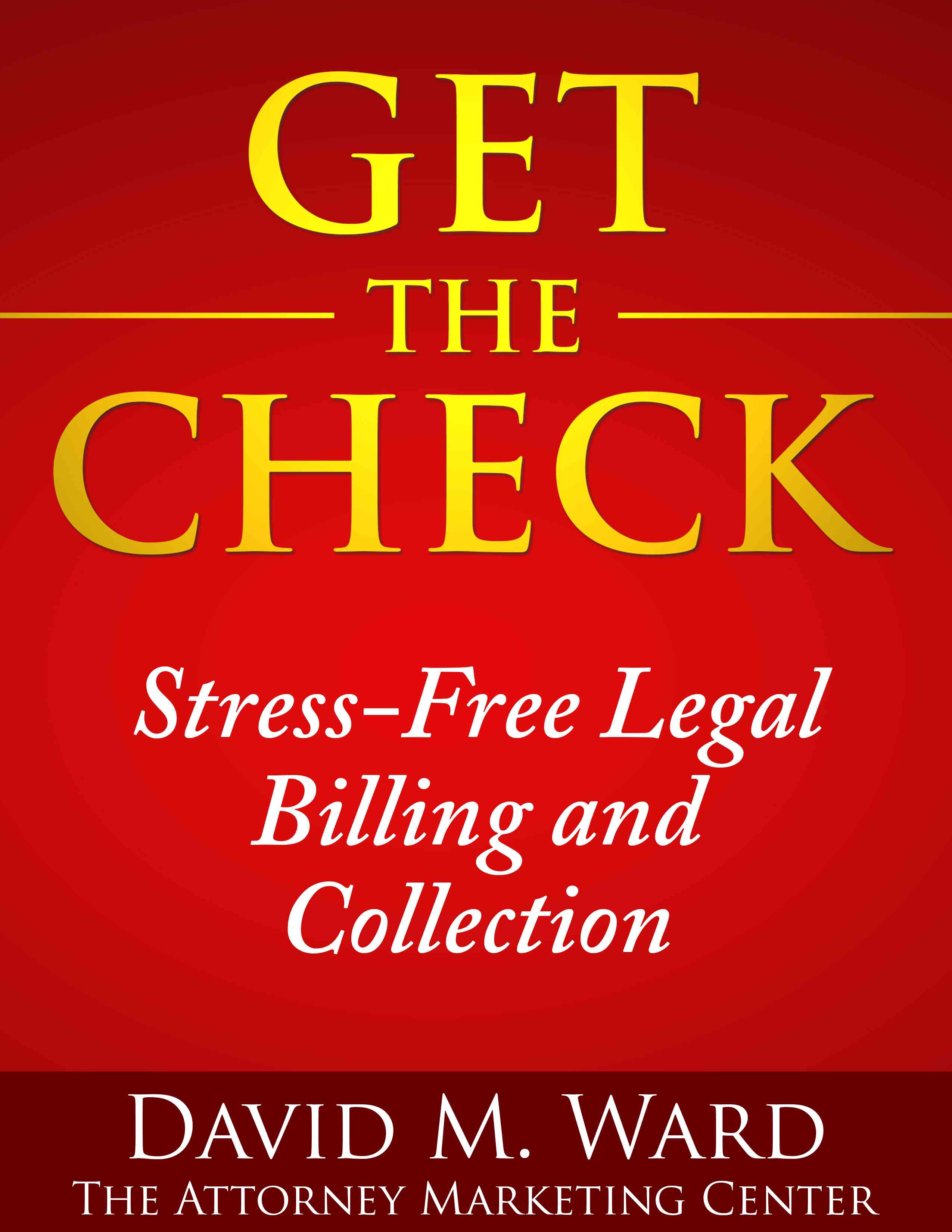There are those who say we should give away lots of information to show prospective clients how much we know and thus, how much we can do. Others say that we shouldn’t give away our knowledge and experience, that’s what we get paid for.
Who’s right?
Should we deliver “massive value” via a plethora of blog posts and articles and free seminars, to demonstrate our skills (and generate leads), or should we play it close to the vest and make people pay to learn what we know?
Content marketing makes a lot of sense. The information we share does attract prospective clients and shows them we know what we’re doing. It’s also an effective way to attract traffic and generate leads.
And, general information isn’t advice. The client still has to hire us to find out what we think about their specific situation. To the extent the information we give them demonstrates the risks they face and the benefits of hiring us, that information makes it more likely that they will do that.
So, score one for free information.
On the other foot (hey, why should my hand get all the glory?), many top lawyers and other professionals do little or no  “content marketing”. They may do some speaking and publish the occasional paper but they build their practice primarily via their reputation and their contacts.
If you need brain surgery, you hire the surgeon that other doctors recommend, not necessarily the one who has the most videos on YouTube.
If you’re tops in your field you may not have to do any content marketing. For most lawyers, however, giving away information is a simple and effective marketing strategy with no discernable downside because we sell our advice and services and solutions, not information.
Your website is made for content marketing

